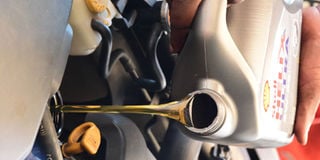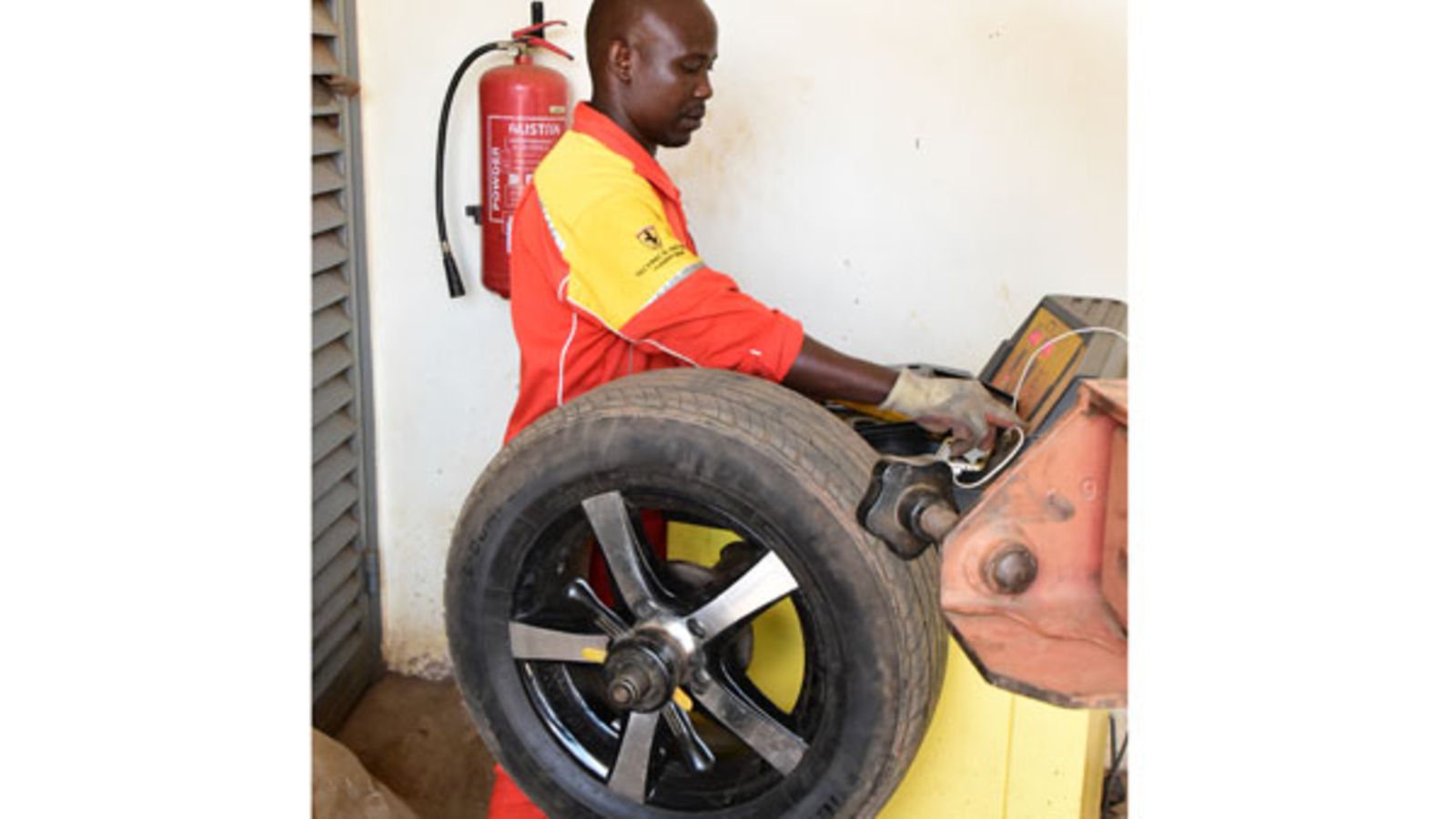Prime
Servicing your car: Why you must follow the manual

Reading your car’s manual will enable you to know when to service your car. Photo By Edgar R. Batte
What you need to know:
There are a number of reasons why people do not perform regular car service – time and money being some of them. However, there are also good reasons why you should stick to your vehicle manufacturer’s recommended service schedule
Micheal Ochaya lives in Kampala but works in Lira District and to make his way there, he drives his Nissan Xtrail. However, in mid-2018, he had to incur a lot of money to carry out a thorough car service after realising that he had driven 700 kilometres above what is recommended in his service manual.
“After reading my service manual, I realised that I needed to take the car for service immediately. At the garage, the mechanic said most of the parts such as the brake disc, oil and fuel filters needed replacement. The engine also required an overhaul because it was running on unclean and insufficient fuel,” Ochaya recalls.
On average, most car manufacturers regardless of the brand of your car, recommend visiting a garage for regular service and maintenance after covering approximately 5,000 kilometres.
If, say your mileage reads 120,000 kilometres and you are supposed to have your car serviced after covering 5,000 kilometres, it means your next service is due at 125,000 kilometres.
Saving money
Moses Arinaitwe, a mechanic at Vine Garage in Kisaasi, says when you drive more kilometres above what is recommended in your service manual, you put a lot of strain on most car parts such as the brake pads and brake discs. You force them to work beyond the recommended distance yet they are designed to function for a given distance.
“For example, if your service manual states that you should service your air filter after covering 5,000 kilometres and you service it at 6,000 kilometres, it means your engine was running on unclean air. Because of this, your engine could be subjected to an overhaul which will cost more money,” Arinaitwe explains.
Resale value
Arinaitwe says if at any one moment you choose to sell your car, most prospective buyers will prefer taking the car for a road test before paying for it.
“If the person buying your car realises that it is in a stable condition, you hold the upper hand and can bargain for a higher price. But if they realise that they might have to service the car, your bargaining power and, therefore, price significantly reduces,” Arinaitwe warns.
Engine efficiency
There is no doubt that the engine is the heart of your car. When it is not taken care of through regular servicing, you risk getting stuck on the road at a time you least expect it.
Musa Kimera, a mechanic at CKK Garage in Wandegeya, says your car engine houses different parts such as the piston rings, crankshaft and spark plugs, among others. He is quick to observe that if one of the parts of your engine such as the piston rings are not replaced in the recommended time, you may experience an engine breakdown or engine ceasing. “Engines are not cheap and replacing it will burn a huge hole in your pocket. To avoid inconvenience, service your car as recommended,” he advises.
What car service entails
Musa Kimera, a mechanic at CKK Garage in Wandegeya, says at the garage, your car is subjected to a thorough service to make sure that all its parts are functioning well. The mechanic will usually replace the spark plugs, oil, air and fuel filters, engine oil, brake fluid, brake discs and brake pads, engine coolant and the transmission fluid.
The power steering fluid which plays a critical role of ensuring that you turn your steering wheel with ease is also replaced. Your car tyres too are inspected to determine if they are in a roadworthy condition.
“For example, if your tyres do not have treads, it means your traction on the road will be limited and compromised,” Kimera explains.




